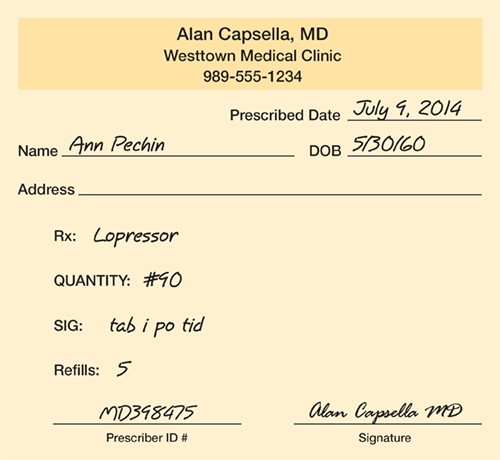The nurse is caring for a patient with hepatic encephalopathy
The nurse's assessment reveals that the patient exhibits episodes of confusion, is difficult to arouse from sleep, has rigid extremities, and shows EEG abnormalities. Based upon these clinical findings, what is the patient's stage of hepatic encephalopathy?
A) Stage 1
B) Stage 2
C) Stage 3
D) Stage 4
Ans: C
Feedback: Patients in the third stage of hepatic encephalopathy exhibit the following symptoms: stuporous; difficult to arouse; sleeps most of the time; exhibits marked confusion; incoherent in speech; asterixis; increased deep tendon reflexes; rigidity of extremities; marked EEG abnormalities. Patients in stages 1 and 2 exhibit clinical symptoms that are not as advanced as found in stage 3, and patients in stage 4 are comatose. In stage 4, there is an absence of asterixis, absence of deep tendon reflexes, flaccidity of extremities, and EEG abnormalities.
You might also like to view...
The nurse is caring for a premature baby who was born at 28 weeks' gestation. The baby's parents tell a visiting family member, "we will be able to bring the baby home in a few weeks."
Which is the most therapeutic response by the nurse in this situation? A) "A therapist could help you resolve your feelings of denial." B) "I'm glad he's doing so well." C) "Do you have the nursery ready yet?" D) "Although your baby is doing quite well, he probably won't be ready to come home for a few months."
The nurse providing care to the community has the philosophy that nursing care should be provided to individuals, families, and groups:
A) ?in their homes. B) ?in a clinic or Emergency Department. C) ?where they work, live, play, pray, or attend school. D) ?in the hospital or acute-care setting.
What necessary information is missing from this prescription? 
A. route of administration B. dose C. none; the information is complete D. frequency
When a patient is properly positioned in a wheelchair
A. the hips are positioned at a 90° angle, at the back of the chair. B. the arms are on the armrests with the shoulders slightly elevated. C. there should be at least an inch between the backs of the knees and the seat. D. the inner thighs should be internally rotated to reduce pressure on the buttocks.